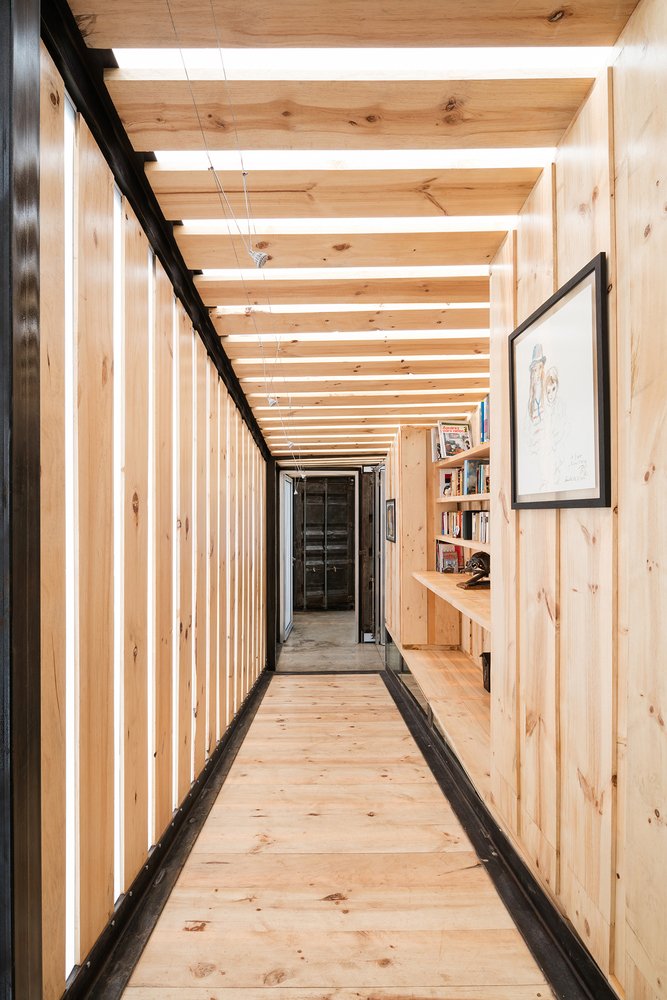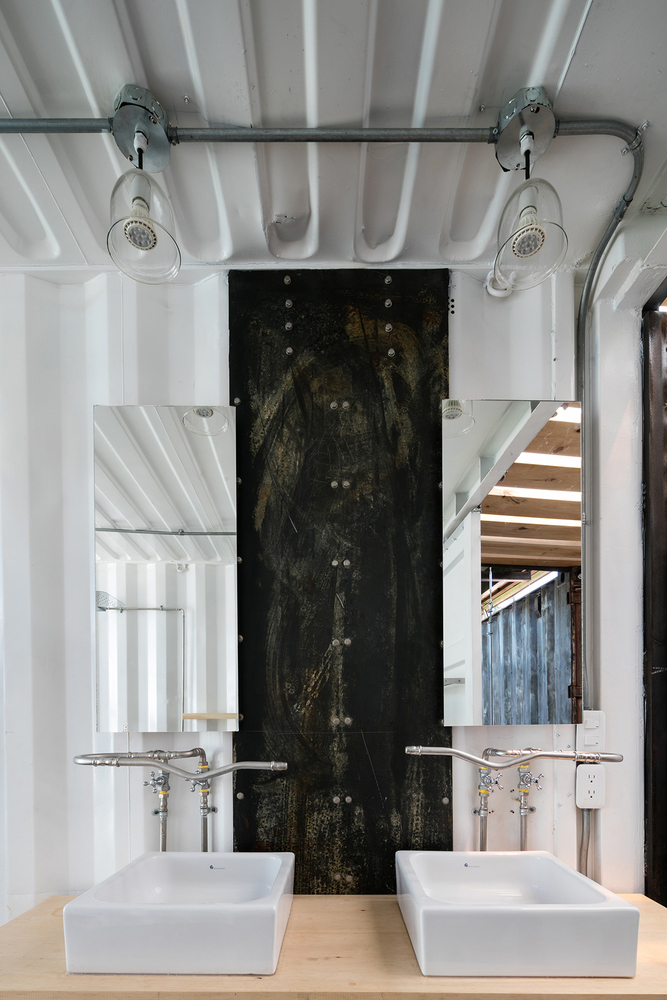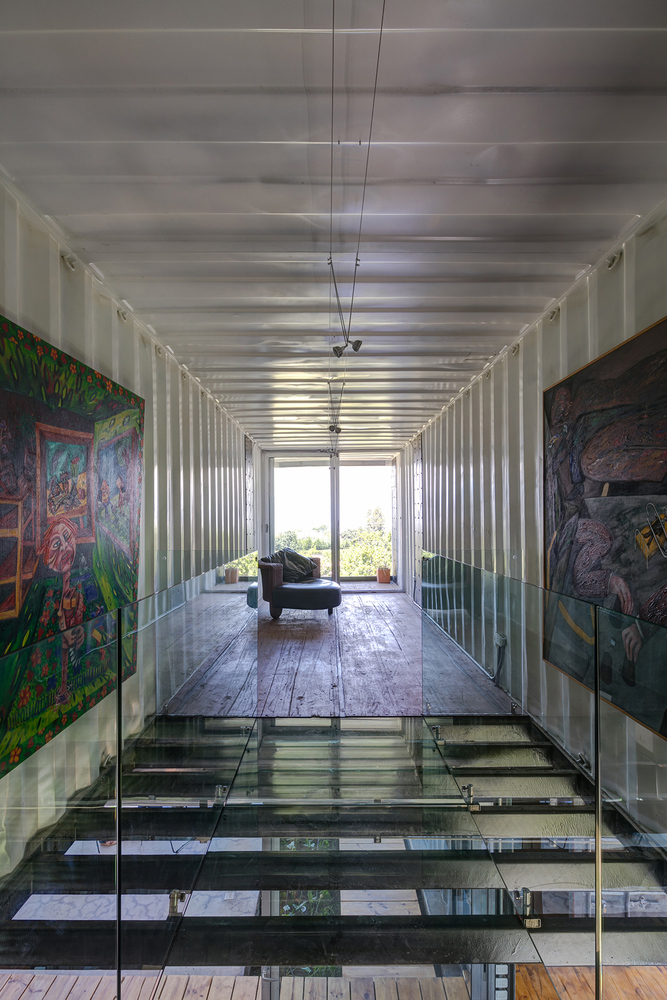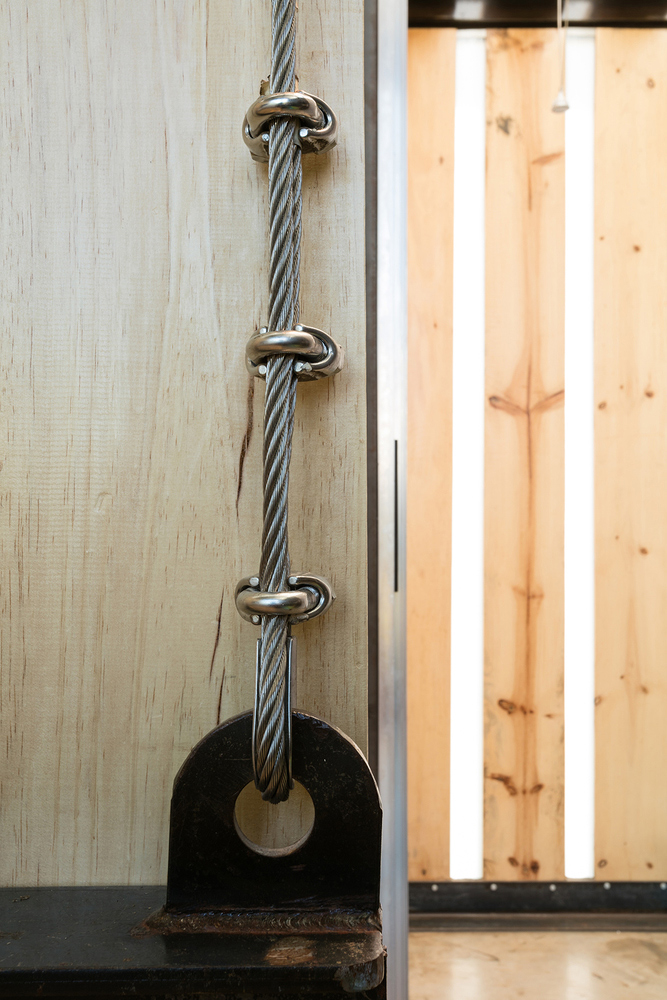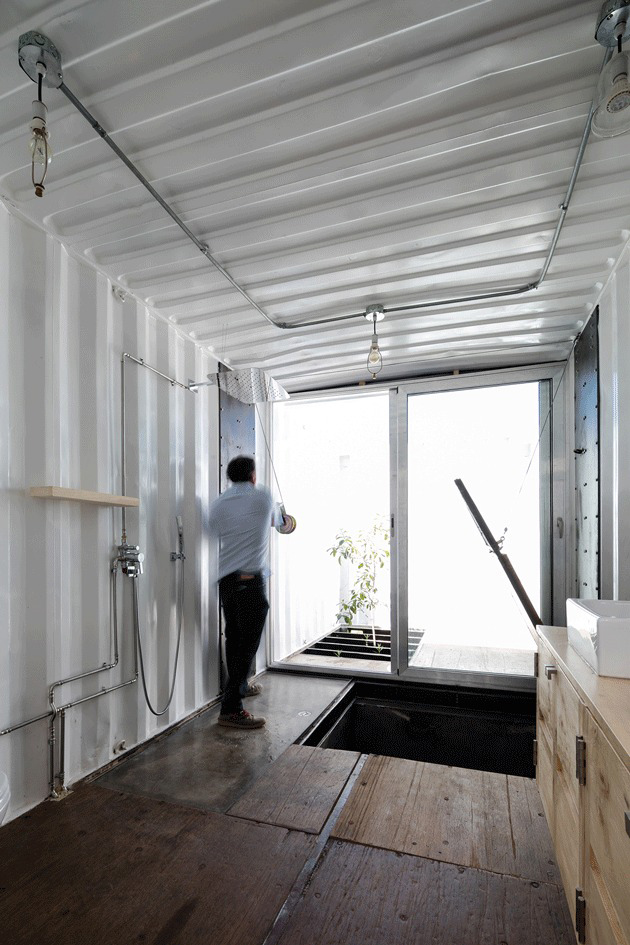As far as trends go, few movements are as considered wholly “in” as fashioning a house out of something that’s otherwise reserved for an activity completely unrelated to housing. This week, it’s an innovative (and gorgeous) shipping container home located in Pichincha, Ecuador, which perfectly encapsulates its unique source material while remaining a pleasant place for one to lay their head.
Dream Homes: 3 Atelier’s gorgeous home is the epitome of a modern tree house
Perhaps even more intriguing is the fact that whenever the owner feels the itch to move, they have the ability to simply disassemble the home and transport the modules to wherever they see fit. Comfortable? Check. Portable? Check. Unusual? Check, check.
Designed and built by the architecture powerhouse couple Daniel Moreno Flores and Sebastian Calero, the shipping container home makes primary use out of, well, old shipping containers. Because of this, it exudes industrial style at nearly every corner as not only is the exterior completely reminiscent of the containers but the interior as well. The duo decided to keep the spirit of the containers to appease its client, who is an avid mechanic with special interests in motorcycles and cars while also maintaining a long-held affinity for clocks.
“When the owner was a little kid, he wanted to decipher the mechanisms of old clocks,” Flores and Calero said. “His passion for mechanics drove him into motorbikes and Land Rover cars. He was interested in a very didactic, utilitarian, and dismantable house (in the understanding of the pieces in the manner of the mechanics of these vehicles). Constructive solutions had to be visible, no matter their manufacture. When we understood this direct connection to metal, the idea and the desire to live in a container house appeared. One of the main reasons to experiment with this material was the energy saving.”
Making use of seven 20-foot containers and one 40-foot container, the duo started out by playing to its client’s needs and figuring out how to construct the home to disassemble like parts of a clock. During the process, each container’s factory paint was removed from the exterior while interior portions were painted in white or outfit with beautiful wood paneling. This approach to the inside of the home makes it uncannily cozy and livable.
Furthermore, the addition of indoor-outdoor patios and windows designed to let as much outside light pour in as possible, Flores and Calero’s home embraces the nearby Ecuadorian landscape. It may be a home made out of shipping containers but it’s perfect use of space and pairing with Ecuador’s beautiful environment make this as enviable an abode as we’ve seen.
Editors' Recommendations
- What is IFTTT and how can you use it in your smart home?
- Amazon Astro: everything you need to know about this home robot
- SimpliSafe now offers live home monitoring with new Smart Alarm Wireless Indoor Security Camera
- Why you should be using Google Home Routines
- Apple might launch a HomePod smart display in 2024
